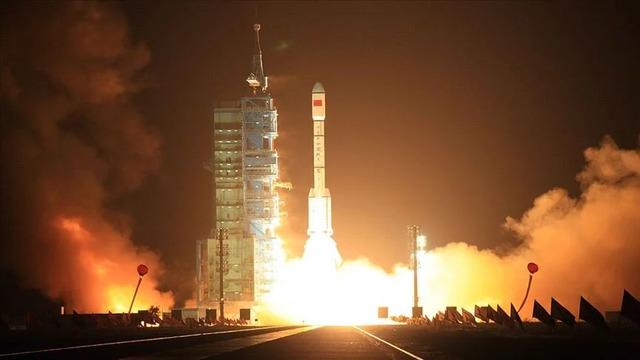Lin Xiqiang, Deputy Director of the China Manned Space Program Agency (CMSA), stated at a press conference that they have started work on the Moon phase of the manned space program.
TARGET SCIENTIFIC RESEARCH AND TECHNOLOGY EXPERIMENTS
Lin stated that the main goal of the program is to land on the Moon by 2030 and conduct scientific research and technology experiments there.
Pointing out the need to develop key technologies for this purpose, Lin noted that they aim to build independent capacity for the Moon exploration program by performing tasks such as round-trip, landing, short stay, reconnaissance, sample collection, research and return.
Lin said that China’s Moon landing will “encourage the leap from near-Earth to deep space in manned space technology, deepening humanity’s understanding of the origins and evolution of the Moon and Solar System, and will “contribute Chinese wisdom to the development of lunar science.”
CMSA informed that in this process, research and development activities will be carried out and proposals will be received for the development and demonstration of basic technologies, including the new generation carrier rocket Long March-10, the new generation space shuttle, lander, spacesuits, a new launch center, and facilities and equipment. shared.
China previously announced in April its plan to establish a fully functional research base on the Moon by 2050.
INTERNATIONAL MOON RESEARCH BASE ILRS
Within the scope of the project called “International Lunar Research Base” (ILRS), 7 launches will be made within the scope of 3 reconnaissance missions until 2028, in the first stage to establish the base state of the station.
In the second phase, 5 expeditions will be made in the 2030-2040 period for the construction of the research base on the Moon.
In the 3rd phase, which covers the period 2040-2050, further infrastructure works will be carried out to transform the ILRS into an application-oriented base.
The station is slated to become a multifunctional research base to support space missions to Mars, Venus and beyond by 2050. (AA)
